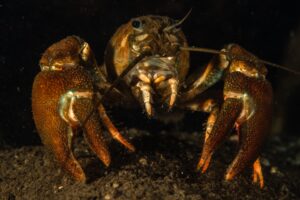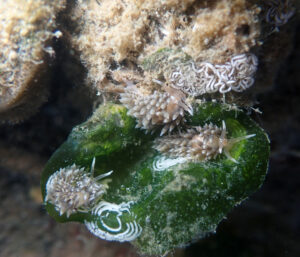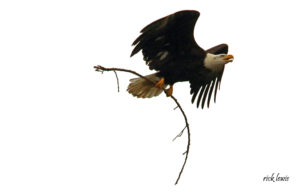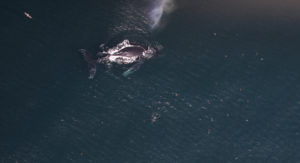In 1973, psychoanalyst Erich Fromm first coined the term biophilia. Translated to a love of life or living creatures, Fromm used the term to describe the psychological orientation of being drawn to all that is alive. This same idea was later popularized by Edward O. Wilson in the “biophilia hypothesis,” which proposed that humans possess an innate tendency to seek connections with nature and other life forms. For nature photographer Becky Jaffe, the concept forms the foundation of her work, embodies her philosophy of experiencing nature, and headlines her portfolio, “The Art of Biophilia.”
Following a growing interest in biology, Jaffe transitioned from working as a human rights photographer to nature photography, originally focusing on the insects scampering under logs and camouflaged amongst the leaves. “I was mainly an insect photographer but much to my surprise I’m becoming an obsessive birder,” she said. “Birds are becoming more and more prominent for me.”

Jaffe’s photographs have an impressionistic quality that stems from her mission to create portraits of wildlife that echo another art form. This abstract quality is apparent in a bird series that juxtaposes white birds against a white, overexposed background, resulting in a photograph reminiscent of a Japanese silk screen painting.
“Aesthetically, my preference is that my images look like another art form,” she says. “I want it to look like a watercolor or a charcoal sketch by using only my camera’s capabilities.”

Egrets feature heavily in Jaffe’s work. She says she finds their jarring calls compelling, and having photographed them as far away as Madagascar, likens their global distribution to a welcoming committee. Over the course of four years she has photographed the snowy and great egrets of the Bay Farm Island rookery in Alameda. Throughout the breeding season Jaffe watches the slow waltz unfold as the males preen their feathers and present sticks to the females to construct a nest. After observing the species for so long, she says she has learned to anticipate their behavior.
“I know when an egret picks a choice, juicy stick they’re going to do a display flight,” she said. “And that’s my chance to shoot them.”

A reverence for nature is the underlying theme of Jaffe’s work which she describes as a series of “love letters to the biosphere.”
“My photography is a reminder to myself and others of what they love about the biosphere so that we have an investment in saving it,” Jaffe says. “You would never save something that you don’t love, so the love has to come first.”

Jaffe’s work will be featured in a solo exhibit, Nature’s Duets, from March – June 2015 at the Hayward Shoreline Interpretive Center Gallery. Prints of selected bird photographs are on sale now through December 31st at Collector Art in Berkeley.




